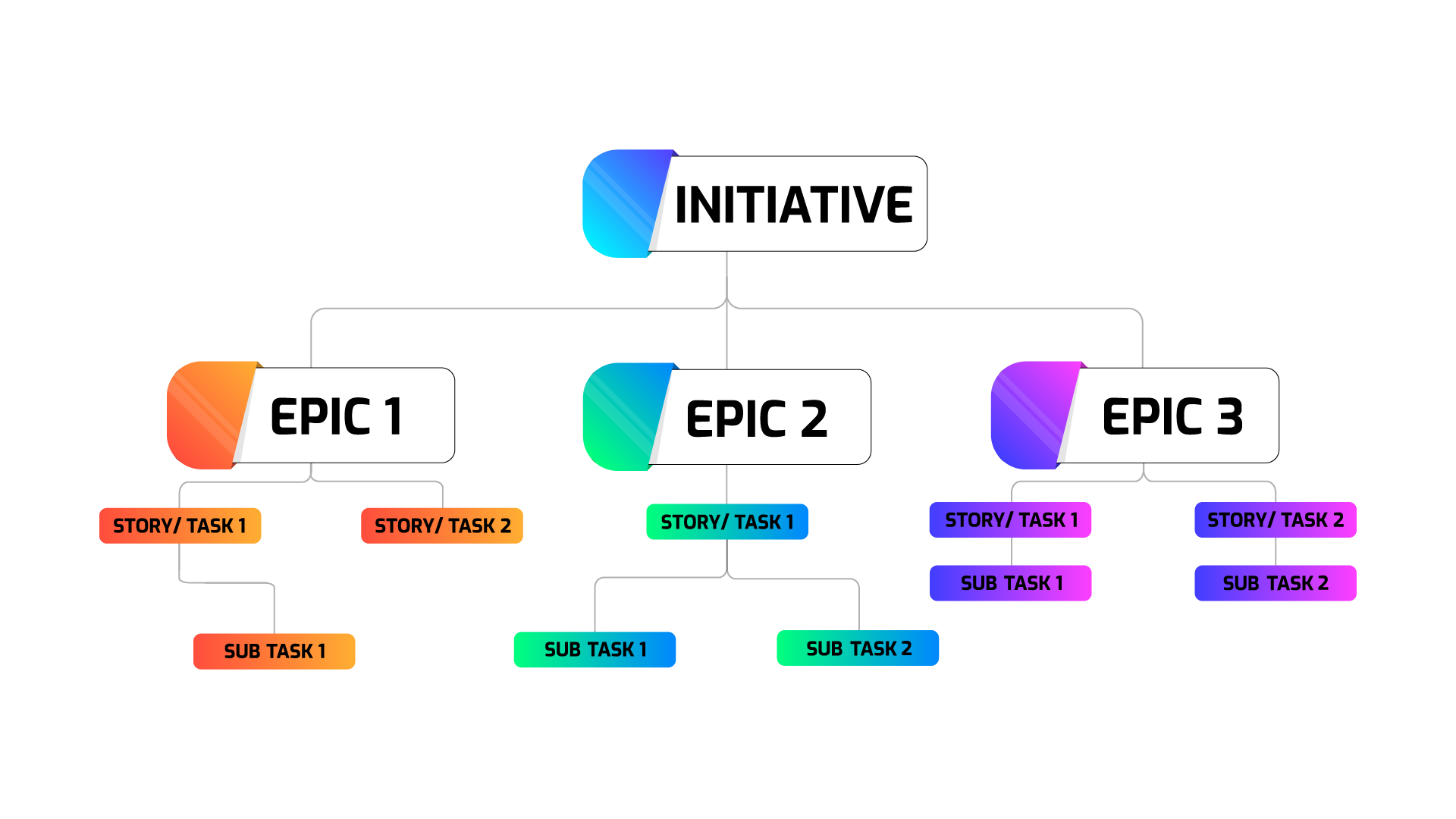
30 Jul Agile Mistakes to Avoid
Agile project management methodologies bring a lot of benefits to Software Development Life Cycle (SDLC) teams, as we covered in our previous blog . No SDLC method is 100% accurate, but Agile is helpful for steering the ship in the right direction to stay on course. While there are many things that Agile teams have to do right to succeed, some common mistakes often occur. Here we outline 3 common mistakes for Agile teams to avoid.
1. Sparse Testing In-Between
Too often, Agile teams will run through sprints to the end of a project without enough testing in between. Fixing defects and bug problems later in a project rather than sooner can adversely affect the software’s quality assurance. Delayed testing can be more costly for the customer by failing to deliver the software’s required functionality on time, potentially pushing back the release date further. This sparsity of software testing is a big mistake that can be easily avoided.
Opportunities to test the software can be easily built around Agile sprints. These sprint intervals must be leveraged to conduct regular testing often to ensure development comes together seamlessly. Frequent testing means faster delivery and a better end-product.
2. Not Understanding How To Use Epics
Many software development teams that move to Agile project management have difficulty leveraging the concepts of Epics and Stories. While there is no standard definition or format, as, “large bodies of work that can be broken down into a number of smaller tasks (called stories)”. Stories are then further broken down into Tasks and Subtasks. This framework paints a picture of the software’s broader capability goals, along with a roadmap of incremental steps to complete them.

Initiatives are the highest target that links multiple Epics together. Any project will have not just one Epic, but multiple Epics and the initiatives become the collection of Epics
Epics are the high-level targets for a software’s capability. These are the parent-holders of the project that are broken down into Stories.
Stories are the specific software requirements linked to Epics, typically described from the end-user’s point of view.
Tasks/Subtasks are the specific items that need to be added to enable the functionalities that are linked to their Story.
Epics, stories, tasks, and subtasks are the standard components of Agile project management. A strong understanding of how to utilize these four components help Agile teams visualize the customer’s requirements, ensuring alignment in the team’s efforts toward the common SDLC goal. There is an art to converting big software requirements, like the ones often found in waterfall methods, into a simplified breakdown of more specific deliverables. Some experience and/or coaching here can go a long way.
3. Rushing Timelines
The other big mistake Agile teams make is rushing timelines due to overbearing pressure from customers and corporate executives. Often driven by monetary bottom-lines, these customers tend to want to push software development to maximum production with minimized resource costs (time, staff, etc.).
When a customer is paying for the application, it makes sense that the Agile team strives to make them happy by providing the defined capabilities and functions on time. The problem comes into play when customers insist on paying more to have a specific requirement done quicker. While more capital can be used to expedite the project by hiring more team members, it does not guarantee a project can be delivered that much sooner.
Rushed timelines can lead to some problematic tendencies. Much like being late to an appointment or interview, rushing makes us feel overwhelmed and unprepared to a point of forgetfulness or cutting corners. Similarly, instead of a calculated pace to SDLC, the added pressure from being rushed can derail timeframe accuracy. The agile team will, soon after, be pressed to curb down collaboration and less able to handle changes. Frequent testing is another thing that often gets sacrificed with hurried timelines. When testing gets pushed off until the end of a SDLC, quality assurance suffers.
Conclusion
Agile project management is a method that helps SDLC teams deliver quality software on time. Frequent testing, epic breakdowns, and transparent timelines are all embedded in Agile methodologies when done right. Recognizing the importance of these functions, and avoiding the mistakes associated with them, can help align Agile teams to achieve great SDLC feats.
Checkpoint Technologies specializes in helping teams adopt Agile methodologies and software that help teams avoid common mistakes in software development. Our world-class advisory services are available in the forms of consulting, mentorship, and/or staff augmentation. Contact us today to learn more about how we can help take your Agile team to the next level.
Author:
Sohail Haque, Director of Atlassian Practice
Checkpoint Technologies
www.checkpointech.com
You might also be interested in: What is Agile Project Management?

